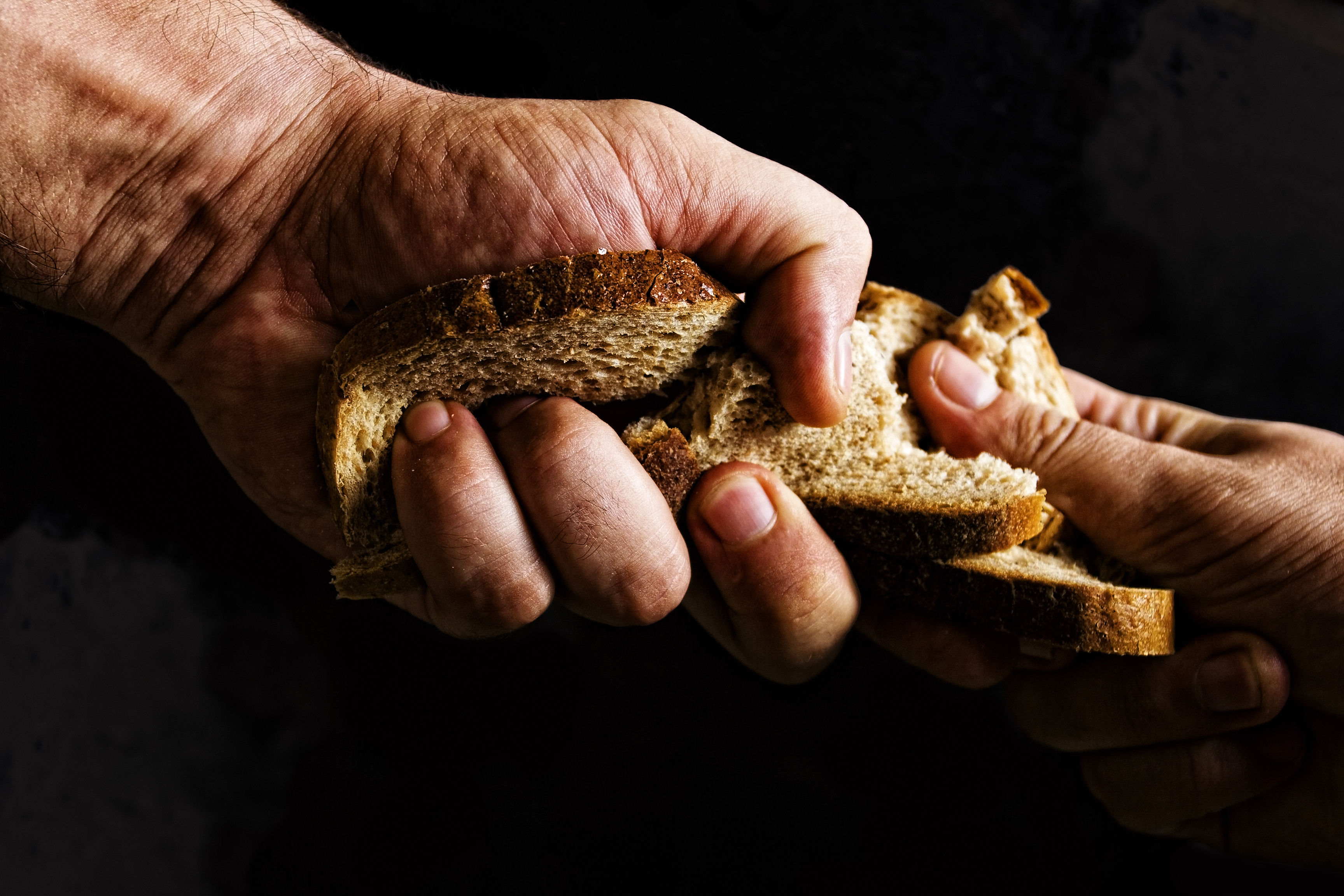
WATER AND FOOD SECURITY
problem/solution
THE PROBLEM
Jump to the solution
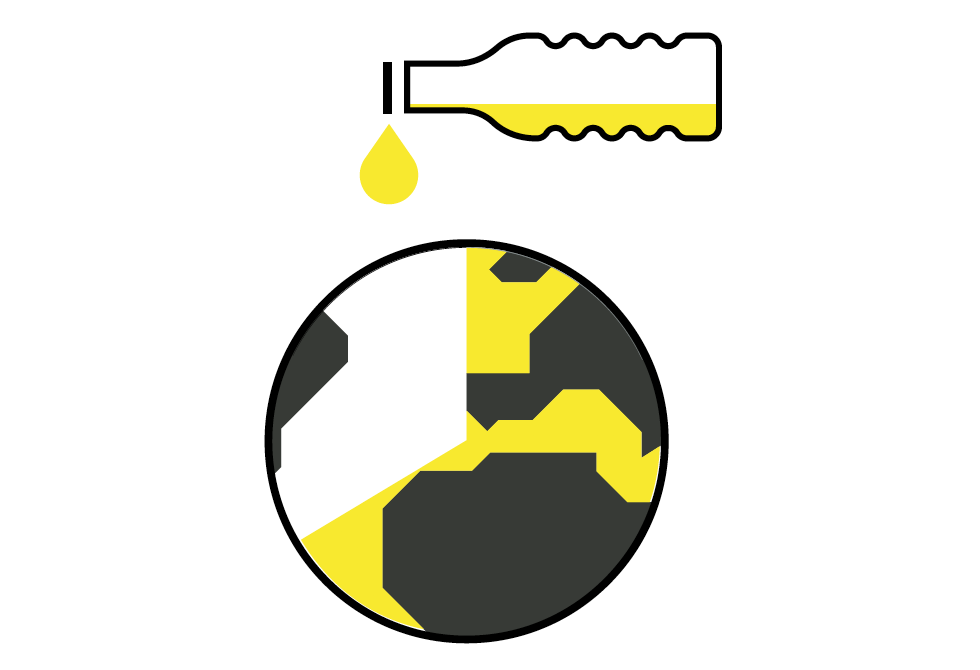
By 2030, half the world's population will be living in areas of high water stress.
By 2030 the world will be facing a 40 percent global water deficit.
“By 2050 it is predicted that demand for food could increase by 70%.”

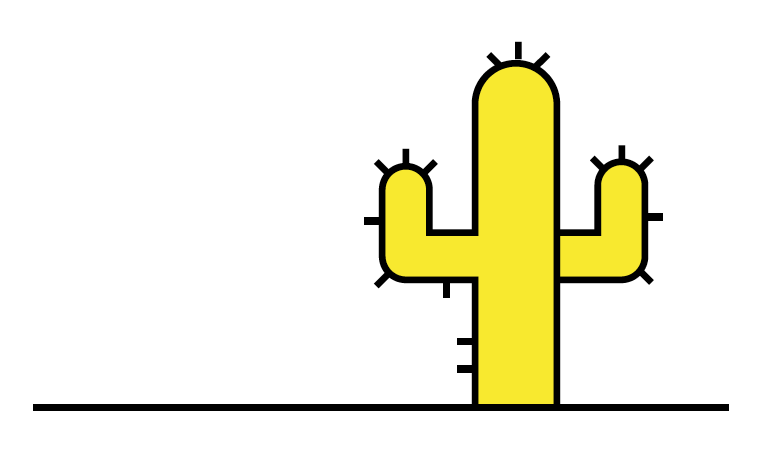
“There will not be enough water available on current croplands to produce food for the expected 9 billion population in 2050 if we follow current trends and changes towards diets common in western nations.”
“In 2016 the number of chronically undernourished people in the world is estimated to have increased to 815 million, up from 777 million in 2015.”
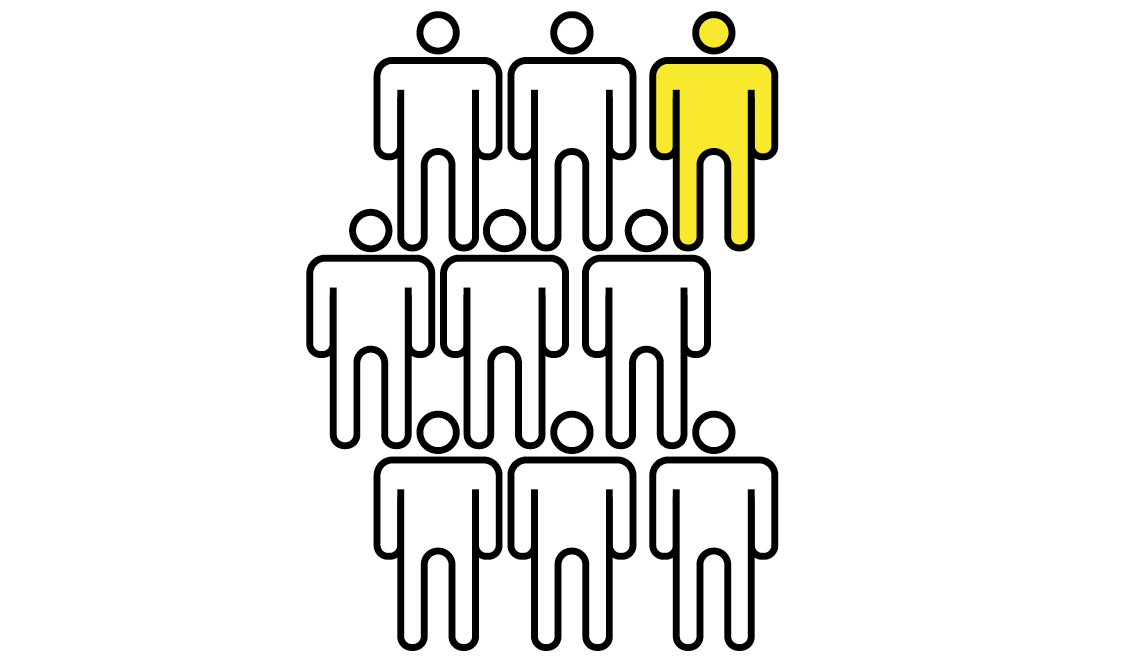
“The agricultural sector is already the largest user of water resources, accounting for roughly 70% of all freshwater withdrawals globally, and over 90% in most of the world’s least-developed countries.”


“Irrigating feed crops and raising livestock consume 56% of all freshwater in the United States. In contrast, domestically all showers taken, toilets flushed, cars washed, glasses drunk, and lawns watered, consume less than one-tenth as much water as agriculture.”
[19] Jacobson, M. 2006.
“Livestock supply 13% of energy to the world’s diet but consume one-half the world’s production of grains to do so.”
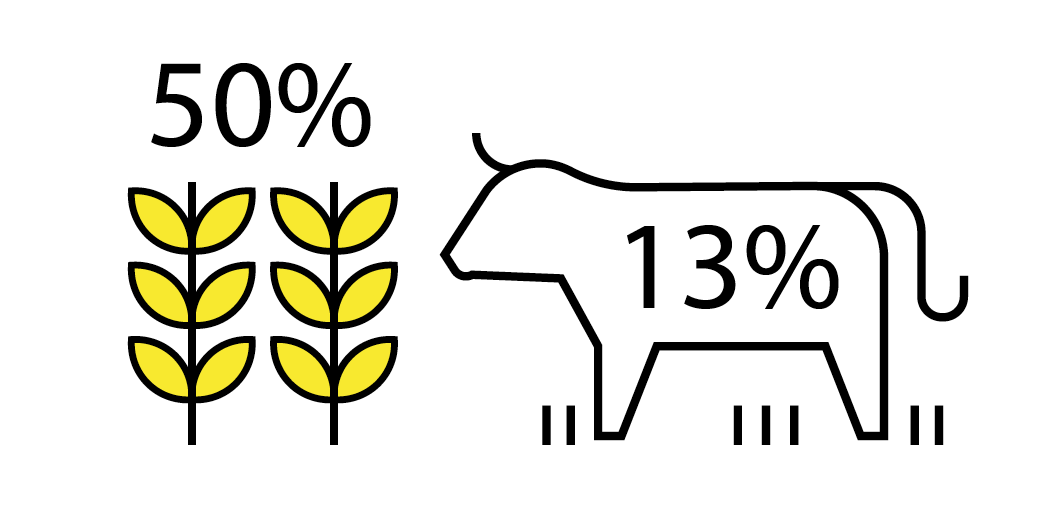
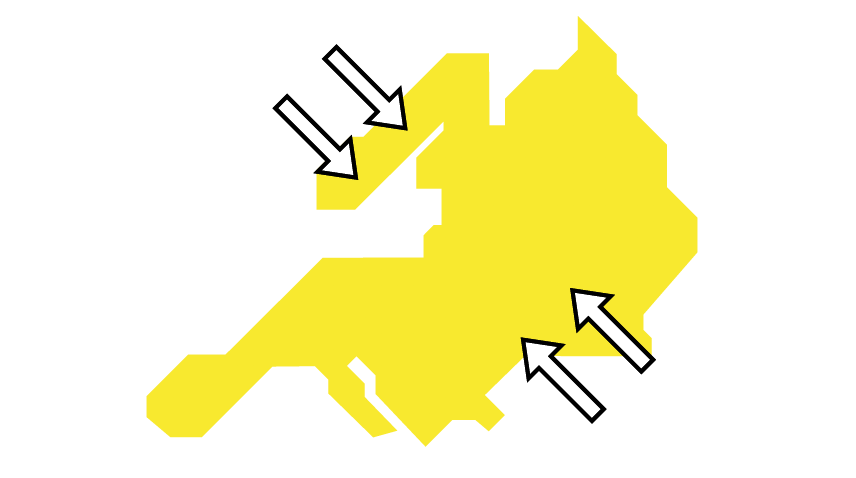
“Only 20% of the proteins that are fed to animals originate in Europe. The missing amount is imported from other countries, including developing ones, playing an important role in the further impoverishment of these countries and in the exploitation of their environmental resources.”

"the opportunity food losses of beef, pork, dairy, poultry, and eggs are 96%, 90%, 75%, 50%, and 40%, respectively."
THE SOLUTION
Back to the problem
“There will be just enough water (by 2050), if the proportion of animal based foods is limited to 5% of total calories.”
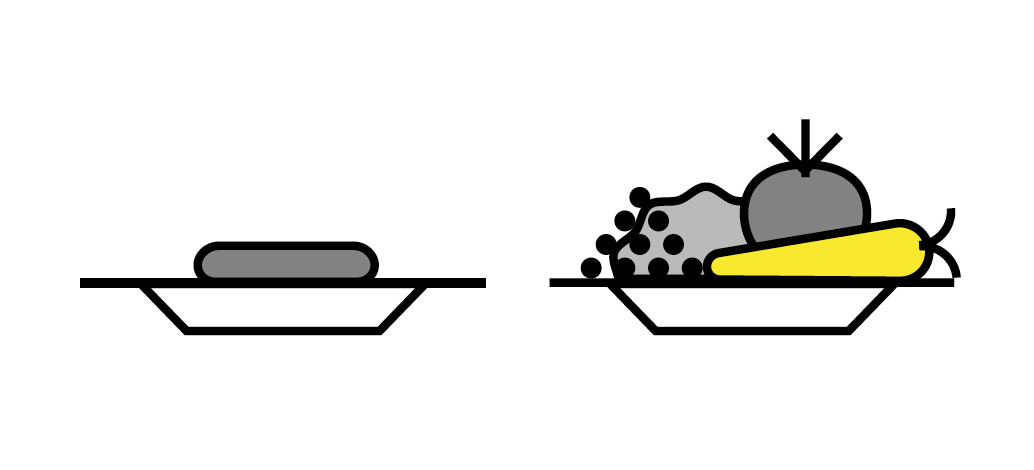
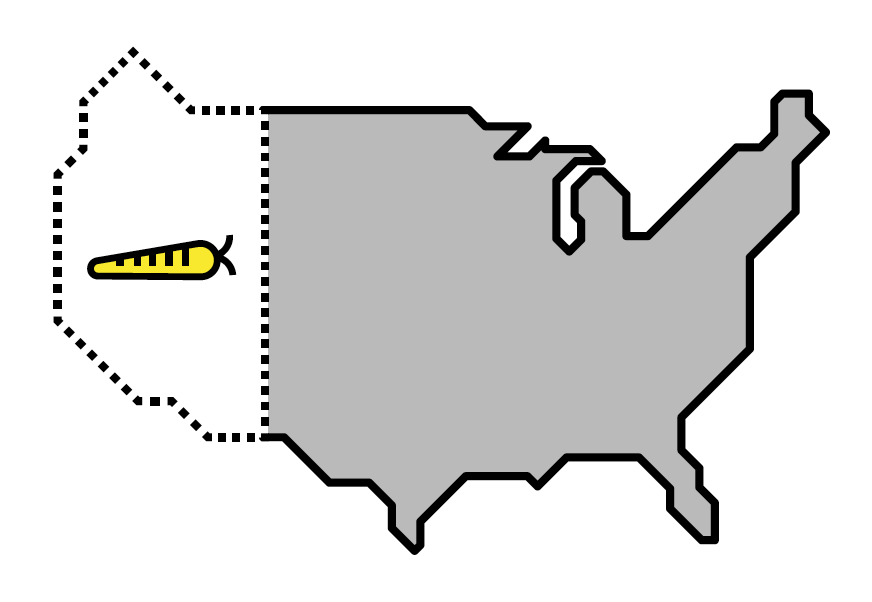
"a diet excluding animal products has transformative potential, reducing land use by 76 percent, agricultural greenhouse emissions by 50 percent, acidification by 50 percent, eutrophication by 49 percent and freshwater withdrawals by 19 percent."
“Growing food exclusively for direct human consumption could increase available food calories by as much as 70%, which could feed an additional 4 billion people.”
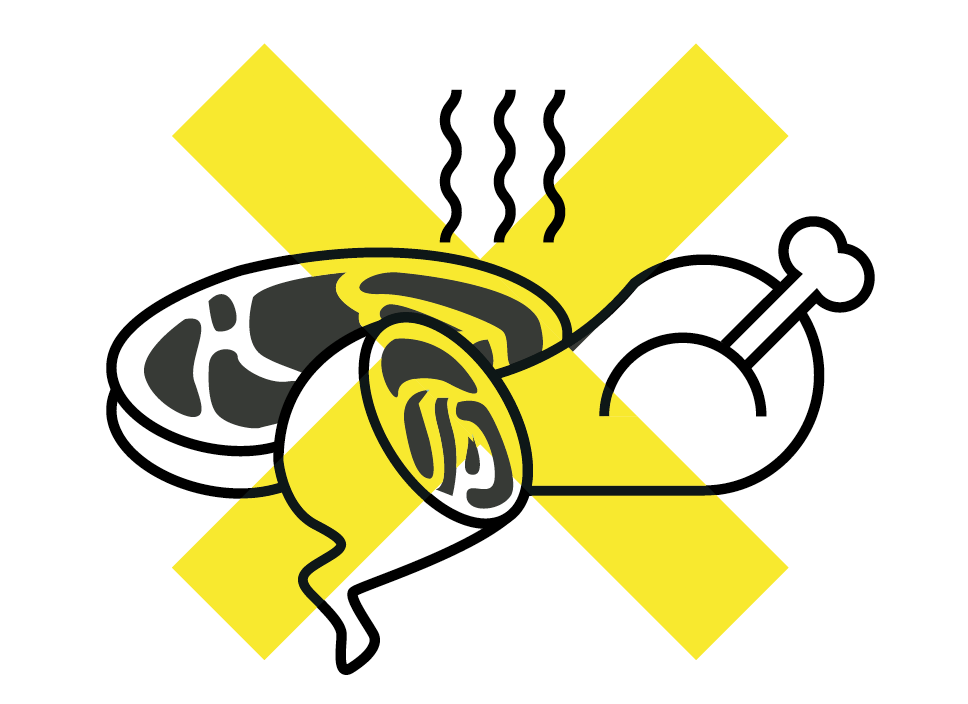
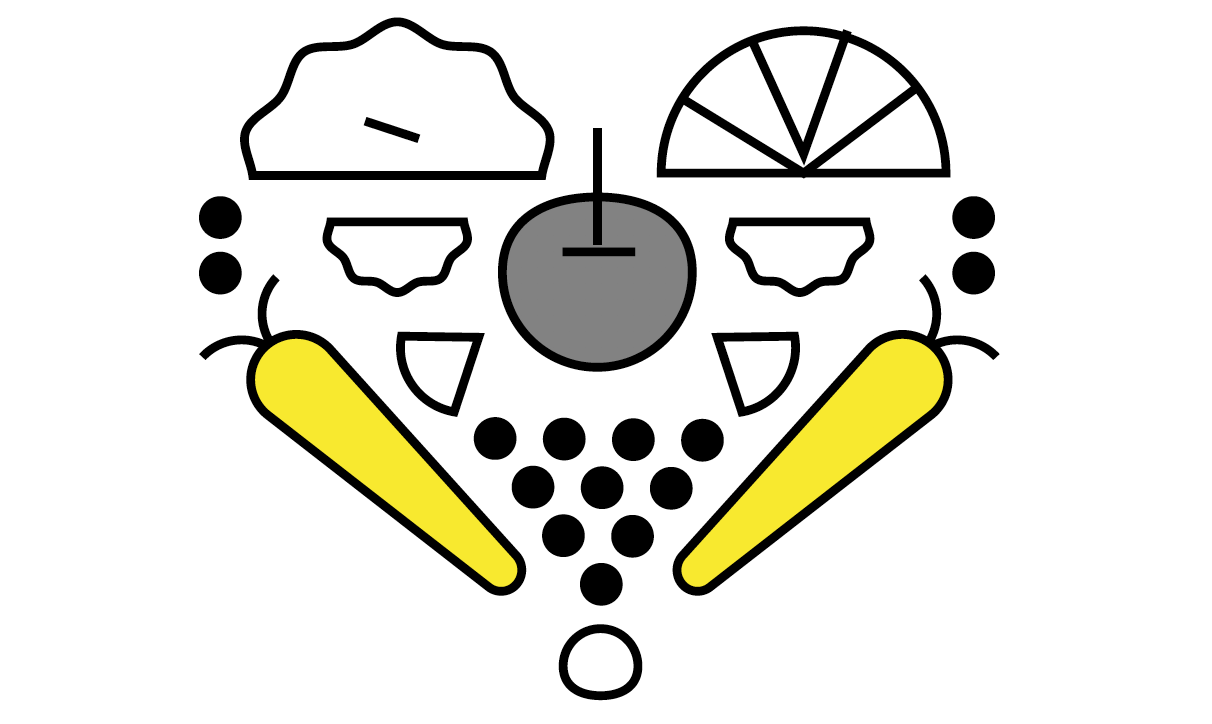
Annual per capita land requirements ranged from 0.13 to 1.08 ha person-1 year-1across the ten diet scenarios. Carrying capacity varied from 402 to 807 million persons; 1.3 to 2.6 times the 2010 U.S. population.
“Water footprint for 150 gram soy burger in Belgium is 158 litres, vs. a global average of 2350 litres of water for 150 gram beef burger.”
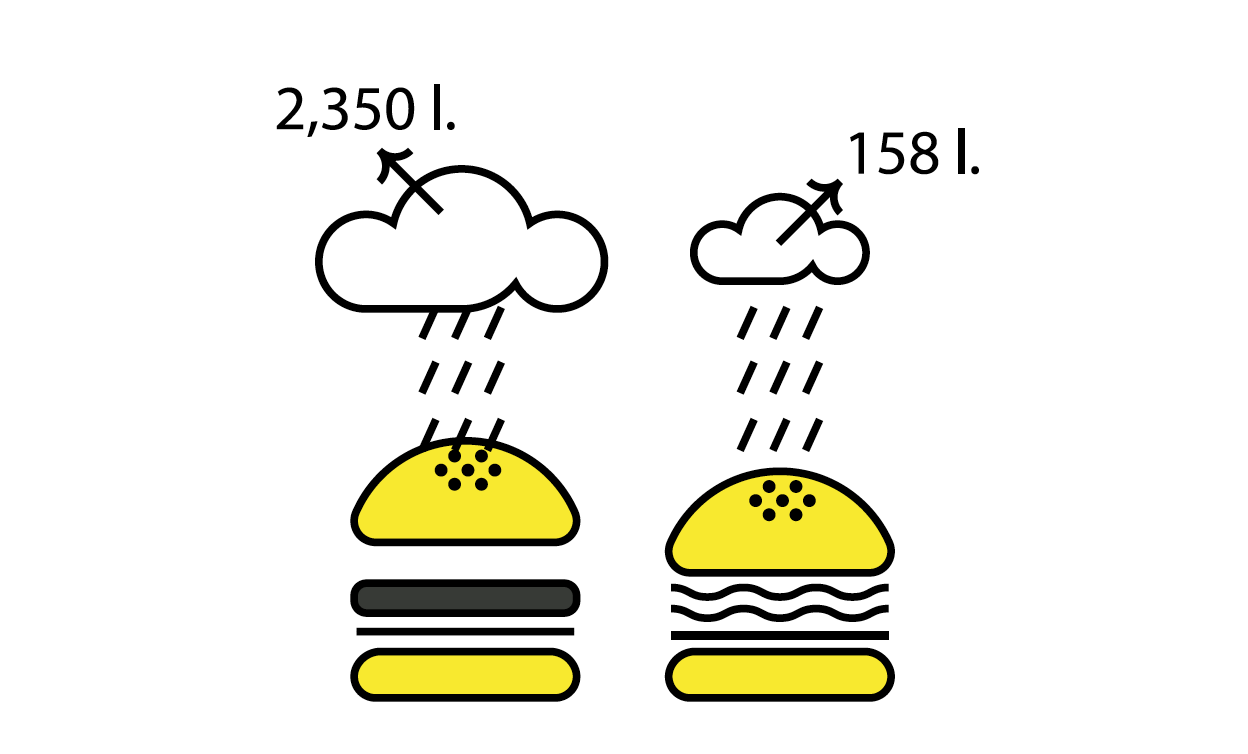

“Water demand is reduced by 36% by eating products of vegetable origin.”